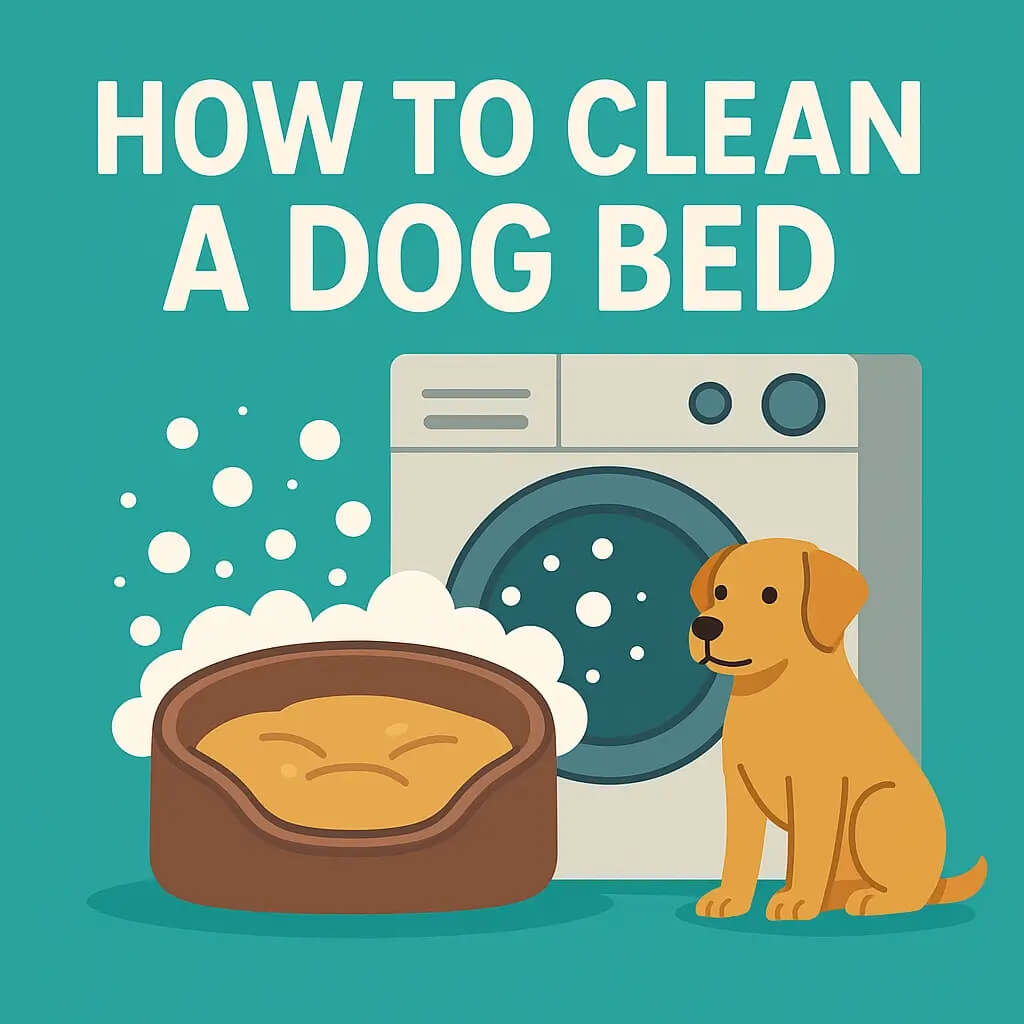Itchy skin, a musty odor, or darkly pigmented skin flaky patches can leave any dog parent worried. Under normal circumstances, a natural spore‑producing fungus called Malassezia pachydermatis lives quietly on a dog’s skin and in the ear canal. Trouble starts when the yeast population explodes, leading to yeast infections in dogs that can turn everyday ear wax or greasy skin into painful, red irritated skin itching. Because U.S. veterinarians report that up to 10‑20 percent of clinic visits are for ear or skin yeast infections, knowing the causes and fixes can save you money, time, and a lot of scratching. This guide explains what a yeast infection is, why it happens, which dog breeds are most at risk, how to catch it early, and when professional help—and possibly antifungal medication—is a must.

What Is a Yeast Infection?
Yeast infection dogs experience happens when Malassezia yeast overgrow on the dog’s body, ears, or paw pads instead of staying in balance. Think of it as weeds crowding out healthy grass. Vets call the condition yeast dermatitis when it affects the skin and ear yeast infection when it invades the ear canal. Studies show small numbers of Malassezia are present in healthy dogs, but numbers skyrocket with inflammation or humidity.
Overgrowth releases enzymes that damage the skin barrier, trapping moisture and dead skin, which makes scaly skin sores and elephant skin texture worse. Because fungi occur naturally, wiping them out completely is impossible; the goal is to restore balance through accurate diagnosis, topical treatment like medicated shampoo, and, in serious yeast infections, oral medication prescribed by your vet.
Why Do Dogs Get Yeast Infections?
A yeast infection occurs when something tilts the environment in favor of yeast. U.S. dermatology researchers link allergies to 75 percent of canine ear infections—even food allergies or pollen can trigger an overreactive immune system. Other risk factors include:
-
Humidity & poor hygiene: Damp ears after swimming let yeast multiply fast.
-
Antibiotics or steroids: These drugs may suppress normal bacteria, opening the door to opportunistic yeast infections.
-
High‑carb diets or frequent treats: Excess sugars feed yeast colonies on the dog’s skin.
-
Skin folds & conformation: Shar‑Peis and bulldogs with deep skin folds create warm pockets perfect for yeast.
-
Underlying disease: Hormone imbalances or a weakened immune system allow abnormal overgrowth.
Keeping the ear canal dry, feeding a healthy diet rich in omega‑3s, and addressing allergens early can prevent yeast infections and secondary bacterial skin infection flare‑ups.
Breeds at Higher Risk
Although any dog can develop yeast infections, certain dog breeds are genetically predisposed because of skin folds, floppy ears, or oily coats. The American Kennel Club notes frequent cases in Basset Hounds, Cocker Spaniels, West Highland White Terriers, Boxers, and Shih Tzus — all breeds with traits that trap moisture or debris (Source: American Kennel Club).
In these dogs, yeast dermatitis in dogs often accompanies chronic ear infections. Owners should:
-
Check the inside of their dog’s ears weekly for a skin musty odor change.
-
Clean folds with a cotton ball soaked in vet‑approved ear drops or gentle wipes.
-
Schedule more frequent bathing with an antifungal medicated shampoo to reduce oily buildup.
Early attention can relieve symptoms before darkly pigmented skin or greasy skin becomes chronic.
Spot‑It‑Early Checklist
Catching a dog’s yeast infection early means faster relief. Use this quick home checklist:
|
Sign |
What You’ll Notice |
Why It Matters |
|---|---|---|
|
Odor |
Sweet, “corn chip,” or musty smell on pet's skin |
Indicates yeast is producing by‑products |
|
Itch/Redness |
Dog’s skin itchy; constant licking or head‑shaking |
Inflammation fuels more yeast growth |
|
Discharge |
Brown, waxy build‑up in dog’s ears or scaly skin sores |
Signals ear yeast infection or yeast dog dermatitis |
|
Color Change |
Darkly pigmented skin on belly, groin, or paws |
Chronic infection leads to thick, elephant skin |
|
Greasy Feel |
Slick coat or paw pads |
Yeast thrives in oily environments |
If two or more signs persist for 72 hours, call your veterinarian. They can confirm with skin and hair samples or ear swabs under a microscope, ensuring accurate diagnosis and ruling out bacterial infections .
When to See the Vet
Home care helps, but some situations need professional backup. Make an appointment if:
-
Odor or red irritated skin itching lasts more than three days.
-
The ear canal is swollen shut or painful to touch.
-
Your dog shows systemic signs like fever or lethargy—possible secondary infections.
Vets may flush the ears, collect cytology, and prescribe topical treatment such as clotrimazole or miconazole. For stubborn cases, FDA‑approved single‑dose ear drops containing enrofloxacin and silver sulfadiazine can clear the infection in 30 days.
Severe dog skin yeast infections may require oral antifungal medication plus steroids to calm inflammation. Following the full treatment plan, re‑checks, and preventive care like drying after baths can prevent yeast infections from recurring.
Proven Treatments for Yeast Infections in Dogs
The best plan starts with an accurate diagnosis—your vet will check skin and hair samples or an ear swab to confirm yeast, rule out bacterial skin infection, and spot any secondary infections. Most mild cases clear with topical treatment such as medicated shampoo (chlorhexidine + miconazole) or leave‑on mousse. For ears, vets often prescribe ear drops that combine antifungal and anti‑inflammatory drugs; new FDA‑approved otic emulsions with enrofloxacin and silver can shorten treatment to 14 days. Moderate dog skin yeast infections need twice‑weekly baths plus daily wipes of skin folds and paw pads. Serious yeast infections—especially when yeast dermatitis covers large areas or the ear canal is swollen—may need oral antifungal medication such as fluconazole or itraconazole for 4‑6 weeks. Good follow‑up matters: the AVMA notes that uncontrolled flare‑ups lead to chronic damage and even ear‑canal surgery. Treat the full course, or the yeast infection occurs again and again.

At‑Home Care & Prevention
You can prevent yeast infections from bouncing back with a few habit changes:
-
Dry & clean: After baths or swims, blot your dog’s ears and paw pads with a cotton ball. Humidity + poor hygiene equals yeast paradise.
-
Trim & air: Keep long hair around skin folds short; airflow lowers greasy skin and abnormal overgrowth.
-
Healthy diet: Dogs with food allergies often have an overreactive immune system; switching to a limited‑ingredient or hydrolyzed‑protein diet can cut itching by 50 percent (Source: Cornell Vet School).
-
Regular baths: A medicated shampoo every two weeks washes away dead skin and yeast spores.
-
Checkups: Bulldog and Cocker Spaniel owners—breeds prone to yeast dog dermatitis—should schedule ear checks every six months.
In my clinic experience, dogs that follow this plan drop from six flare‑ups per year to one. A few quick steps can keep pet’s skin healthy and stop developing yeast infections before they start.
Can Yeast Infections Spread to Humans?
Under normal circumstances, Malassezia stays on the dog’s skin and rarely jumps to people. The Centers for Disease Control and Prevention reports only a handful of hospital outbreaks where health‑care workers carried the yeast on their hands from pet dogs at home. Another CDC study confirmed transfer mostly affects immunocompromised patients. Good news: routine hand‑washing, wiping down gear, and quickly treating your dog’s infection make the risk very low. If you have a weakened immune system, wear gloves when applying ear drops or medicated shampoo. Solving your dog’s yeast ear infection also protects your family.
Quick FAQs
Can yogurt or probiotics treat yeast infections in dogs?
Yogurt is safe as a tiny treat but does not contain enough live cultures to beat yeast dermatitis. Use vet‑formulated probiotics instead.
How long before my dog stops scratching?
Topical treatment often eases red irritated skin itching in 3–5 days, but keep medicated baths going the full course—usually 2–4 weeks—so new spores don’t cause secondary infections.
What if my dog gets paw yeast infections every summer?
Seasonal humidity dries poorly on paw pads. Weekly antiseptic foot soaks plus frequent bathing cut repeat outbreaks by 70 percent in a 2024 Merck review .
Can I use human antifungal cream on my dog’s ears?
Do not. Human creams are too thick for the ear canal and may trap moisture. Stick to products labeled for dogs yeast and follow your vet’s dosing guide.
Conclusion
Yeast infection dogs face can start small—just a bit of ear wax or a damp skin fold—but can snowball into chronic ear infections or thick, elephant skin if left alone. Studies in the Journal of the American Veterinary Medical Association show that un‑controlled ear yeast infection can lead to painful surgery, yet most cases are avoidable with early care . The Merck Veterinary Manual adds that prompt, accurate treatment and steady prevention—like medicated baths, a healthy diet, and keeping dog’s skin dry—restore the natural balance of fungi that occur naturally on pet’s skin . In short, stay alert to musty odors, darkly pigmented skin, or red irritated skin itching, and partner with your vet right away. With smart home habits and professional guidance, you can prevent yeast infections, protect your dog’s immune system, and keep every wagging tail free from itch and odor.












